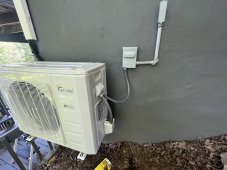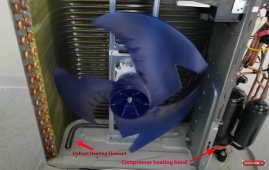AlaskanNoob
Solar Enthusiast
- Joined
- Feb 20, 2021
- Messages
- 954
Heh... round trip flight included?
Yeah, we'd have to pencil it out but we could make it work. I don't think there are any licensed Mistubishi installers in Alaska, so we'd fly one up from down south. Got a nice cabin they can stay in so long as they don't mind a mile Argo trip. Food, lodging, and great salmon fishing nearby from bay shore or river (or halibut charters).
It would be worth it to us to make sure our install is done right.





